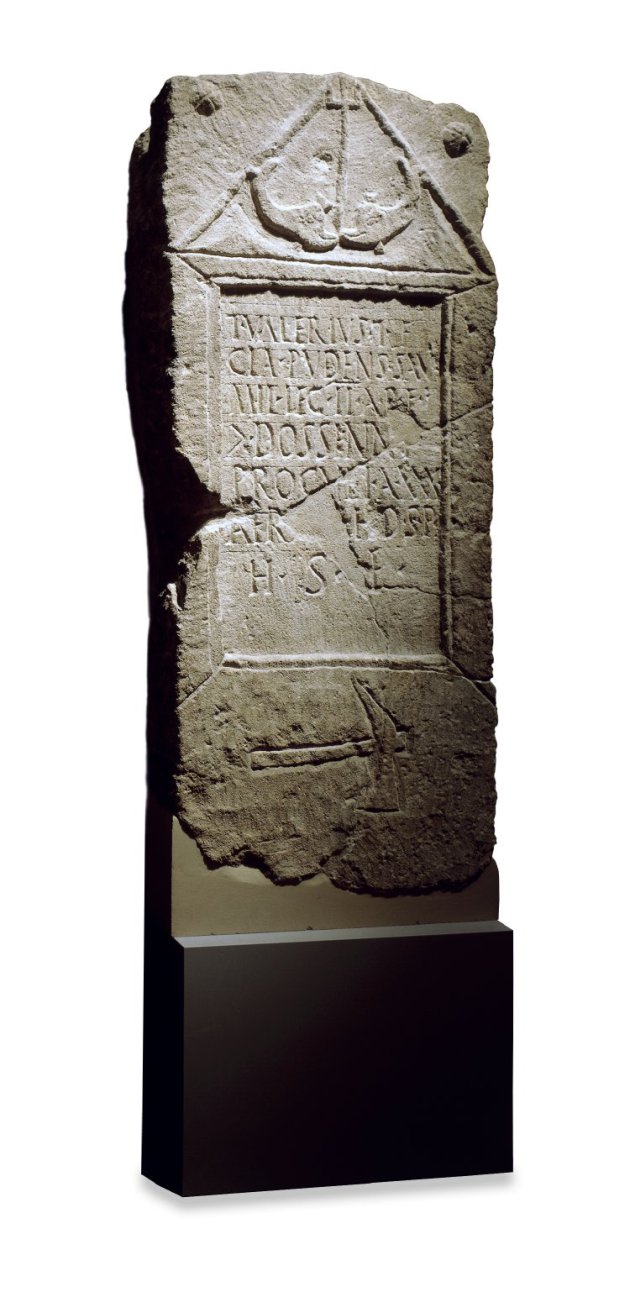Roman Occupation
Ancient Warfare
Topic 3: Roman Occupation
Infrastructure
For the first time, Lincolnshire had to support a standing army, with military infrastructure expanding across the landscape with a network of roads and forts.
[twenty20 img1=”18285″ img2=”18286″ offset=”0.7
Map showing the roads settlements and known forts of Roman Lincolnshire.
Gravestones
During this period, we also see the first military gravestones.
Roman Military tombstone from Lincoln. (Photo: The British Museum)
The Roman Army
It is a popular belief that the Roman army was an essentially homogenous and professional body throughout the Romano-British Period, however, a number of documents such as the 4th century De Re Militari show this to be an over-simplification.
Appointments within the Roman military were very much based on the politics of the time, with officers coming from an upper level of society and appointing their followers as subordinates.
This is clearly documented in the Notitia Dignitatum (late 4th, early 5th century), which describes the command of forces in Britain in terms of Vicars, Military Counts, Dukes, Consulars and Presidents.
Page from the Notitia Dignitatum showing the deployment of Dukes in late Roman Britain. (Photo: Bodleian Library)
By the end of the 4th century, the Roman army in Britain had been significantly depleted, with local forces and possibly Germanic mercenaries being used to make up the shortfall.
In the early 5th century, civil wars in Rome and increased raids on Britain by groups including the Saxons, Picts and Scots, left the province cut off from the Roman Empire. Military authority now devolved down to local Counts and Dukes.


